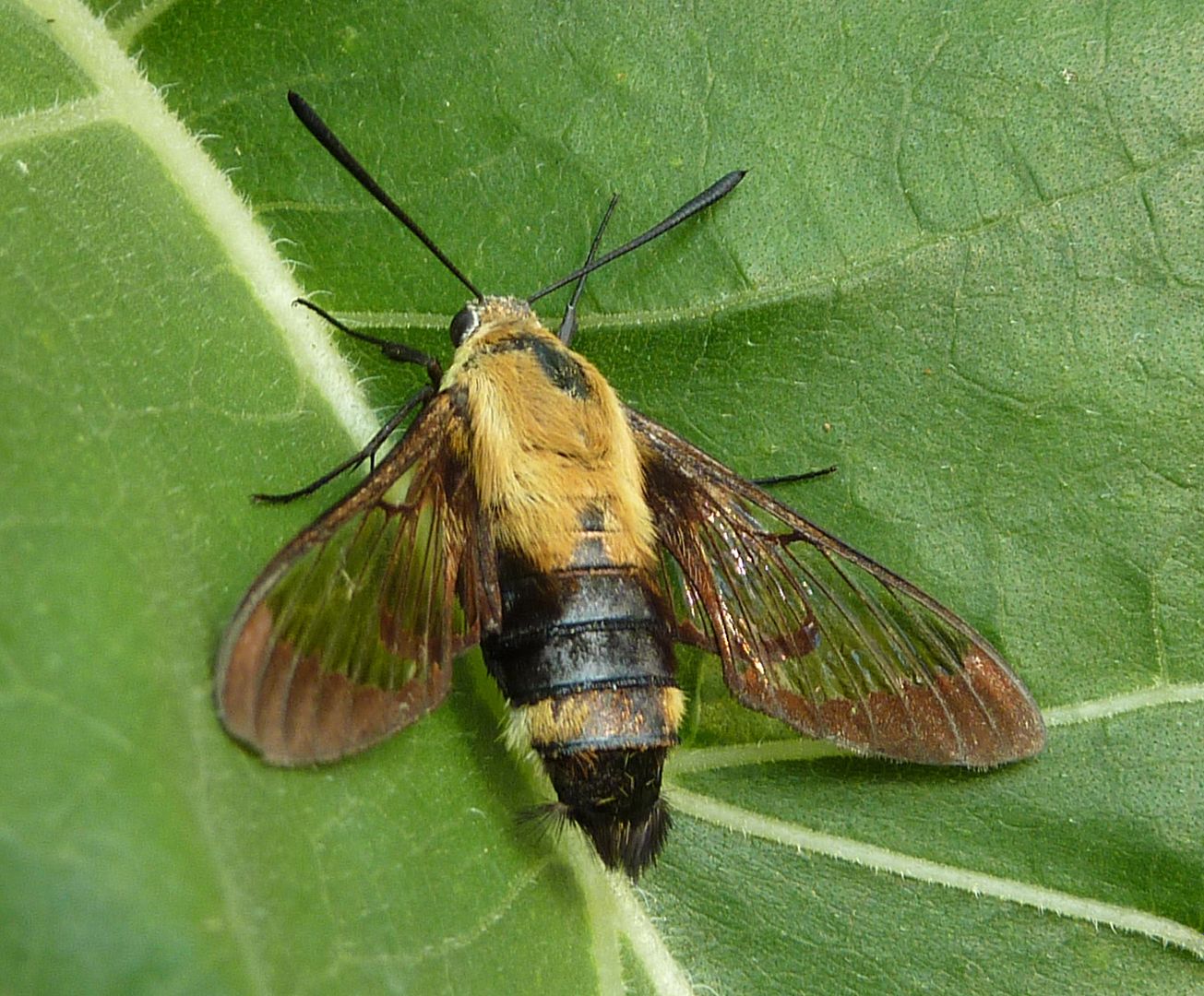Hemaris diffinis, Snowberry Clearwing (I think). Last week several dozen of these suddenly showed up taking nectar from assorted honeysuckles and ironweeds currently in bloom. Host Plants include: Dwarf Honeysuckle, Honeysuckle, Snowberry, Amsonia, and Dogbane. Preference for native species is likely as there are a number of imported honeysuckles. I've yet to see any caterpillars on anything, so maybe this species might occur in an annual cycle. Meaning you'll never see the developing stages and the adult side by side.
The real news here is reading that something uses Amsonia as a host plant! It's a somewhat under used perennial but is occasionally used by landscapers. I've only recently planted two species and have no pictures of yet. They are Eastern Blue Star, Amsonia tabernaemontana, and what's called Spring Sky Blue Star, Amsonia ciliata.
The most common species used in landscaping seems to be Amsonia hubrichtii, which has wonderful narrow leaves. They flower in the springtime and have an excellent yellow color come fall. What I don't like about this species is how small the blooms are. The flower petals are really narrow and not very showy. This is why I went with Amsonia ciliata who's flowers are much showier but still has the great narrow leaves and fall color. Amsonia tabernaemontana is probably the safest choice as far as cold hardness goes, however the leaves are larger and the light and airy effect is somewhat lost. Plus you're stuck with the narrow looking flowers as in A. hubrichtii. I would suspect A. tabernaemontana would make the best host plant though because of it's broader leaves. Milkweeds with narrow pine-like leaves are often the last to be nibbled by Monarch Caterpillars for example. They go for Swamp Milkweed, Butterfly Weed, and Common Milkweed which have more "normal" looking leaves first.
